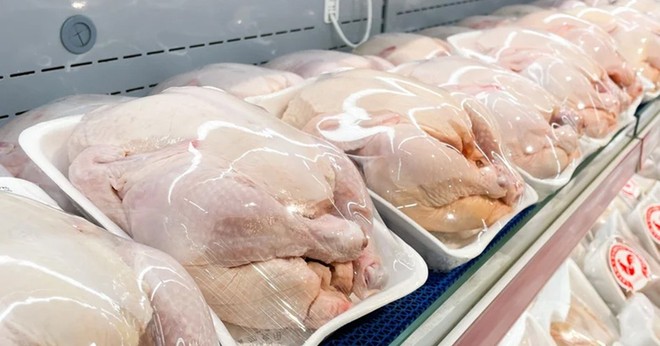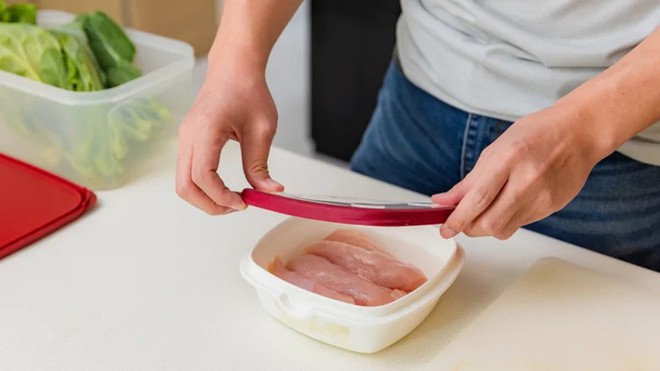
Knowing how to identify the signs of bad raw or cooked chicken will save you from an unpleasant dining experience. (Photo: ITN).
Yet, not many are knowledgeable on how long cooked chicken can be stored for.
Inspect the Color
The physical appearance is one of the easiest ways to decide whether chicken is still good to use.
Raw chicken generally has a light pink or pinkish-white color, which may sometimes have a slightly darker shade if it is exposed to open air, but nothing too drastic.
Any greenish or grayish color is a clear sign that it has gone bad. Discard immediately if you notice any such indications from its appearance.
Cooked chicken may have a shade of white to light brown, yet check for any mold growth, especially if it has been refrigerated for more than three days.
Any unnatural colors or spots on the meat are suggestive of bacterial growth that could cause salmonella or other foodborne illnesses.
Also, take note of cooked chicken that appears very slimy or excessively moist. It is best to discard such chicken as it has gone bad. Refrigerated chicken that is still firm, white, and tender is safe to relish.
Detect the Smell

Pay attention to the odor when you take a bite of that leftover chicken in the fridge. (Photo: ITN).
A strong, offensive smell is a tell-tale sign that the chicken has gone bad. However, a slight meaty smell is normal for store-bought chicken while spoiled chicken may have a sulfuric, dirty-sock-like, or ammonia-like smell.
If the smell is too pungent, it’s probably time to discard. The same goes for cooked chicken, a foul smell is the ultimate signal that it’s not fit for consumption.
A study in the Poultry Science journal indicated that bacteria create these offensive smells and is an indication that the chicken is no longer suitable for eating.
The simple act of smelling can provide you with a lot of information and can save you from making disastrous mistakes in the kitchen.
Discard Any Chicken with a Slimy Coating
A thin, wet coating is normal for raw chicken when you take it out of its packaging, but if it has a slimy texture after you have patted it dry or seasoned it, then it has likely gone bad.
Raw chicken should be firm and moist, not sticky or oozing. Understanding this difference can save you and your family from consuming dangerous food.
For cooked chicken, any slimy residue is an indication of substantial bacteria growth, so it’s best to discard it. Slimy or mushy leftover chicken doesn’t just leave a bad taste in your mouth, it also exposes you to harmful germs.
The Taste is Off

Pay attention to the flavors when you take a bite of that leftover chicken in the fridge. If the meat tastes sour, has a metallic flavor, or is overly bitter, it’s best to throw it in the garbage.
The safest approach in this situation is to analyze the taste before swallowing. If it feels off in your mouth (extremely soft or slimy, perhaps), spit it out right away.
Damaged or Compromised Packaging at the Store
You should always thoroughly inspect all food packaging, but pay special attention to any unsealed or broken plastic wrap surrounding raw chicken.
If you notice any tears, punctures, or openings, refrain from purchasing it and notify the store.
Even if the chicken is still within its “best-used-by” date, signs of improper packaging increase the chances of exposure to pathogens.
Store-related issues aren’t limited to broken seals and torn packaging, also check for bloated packaging. This increased air content could indicate bacterial growth making the meat unsafe.
According to mashed.com
High Demand for ‘Super Giant’ Chili Pepper Despite Expensive Cost
The talk of the town is a new breed of “giant super chili” pepper that has been making an appearance. It’s powerful heat and hefty price tag is creating an excitement as people line up in anticipation of tasting this fiery vegetable. Want to know more about this mysterious discovery? Read on to find out more!






































